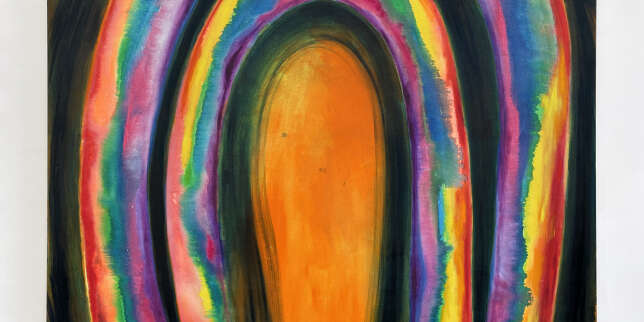Deluminator
- Photography (Photography)
100 x 66.68 cm
Harit Srikhao
Young men are often found together in uniform, already influenced by ideology and bodily and style stereotypes. The majority of these photographs are linked to the memory of the military coup d’état in 2014 when the artist was very young. The imagination always remains at the center of Harit Srikhao’s work and may be defined as an arm against convention. Many of his works operate a distancing which is forced through the reconstitution of memory, distanced from reality. The beauty of these images lie often in the colors which cover the sky or the light which falls on the body of a child, shifting the viewer into a world that is as unreal as it is spectacular.
Harit Srikhao perceives photography as a culturally determined medium. His practice aims to unveil the capacity of the photographic image to construct historical authority and serve as propaganda. Blending fiction and reality, he aims to interrogate systems of control through which people perceive themselves, others, and the world that surrounds them. He continually probes the role assigned to truth, particularly in the history of the construction of the nation, when governing forces interfere with religion, monarchy and army. These works underline the ambiguity between social and cultural discourses which surround photography in Thailand which are very distant from Western theories of artistic photography from the 1980s and 1990s. For him photography is a tool to shed light on facts which have not been exposed by documentary photography.
Colors:
Other related works, blended automatically
» see more

© » KADIST
Harit Srikhao
Young men are often found together in uniform, already influenced by ideology and bodily and style stereotypes...
Related works sharing similar palette
» see more

© » LE MONDE
Sélection galerie : Sophie Vigourous chez Jousse Entreprise Cet article vous est offert Pour lire gratuitement cet article réservé aux abonnés, connectez-vous Se connecter Vous n'êtes pas inscrit sur Le Monde ? Inscrivez-vous gratuitement Article réservé aux abonnés « 8 of Cups » (2022), de Cecilia Granara...

© » HYPERALLERGIC
Palestinian-American Woman Asked to Remove Veil and Face Jewelry at Art Basel Skip to content Samera Abed at Art Basel Miami Beach, where she wore an all-black outfit in a gesture of mourning for Palestinian lives lost (all photos courtesy Samera Abed) A Palestinian-American woman visiting Art Basel Miami Beach on opening day last Wednesday, December 6, was asked to remove her veil and beaded face accessory...
Other works by: » Harit Srikhao
» see more

© » KADIST
Harit Srikhao
Young men are often found together in uniform, already influenced by ideology and bodily and style stereotypes...

© » KADIST
Harit Srikhao
Young men are often found together in uniform, already influenced by ideology and bodily and style stereotypes...
Related works found in the same semantic group
» see more

© » KADIST
Bernardo Ortiz
2011Casa de la cabeza (2011) is a drawing of the words of the title, which translate literally into English as “house of the head.” Ortiz uses this humorous phrase to engage the idea of living in your head....

© » KADIST
Sergio De La Torre
2011This is not in Spanish looks at the ways in which the Chinese population in Mexico navigates the daily marginalization they encounter there...

© » KADIST
Anthony Discenza
2010A Viewing (The Effect) by Anthony Discenza is a continuous voiceover loop intended for presentation in a dedicated, light-and-acoustically controlled space...



